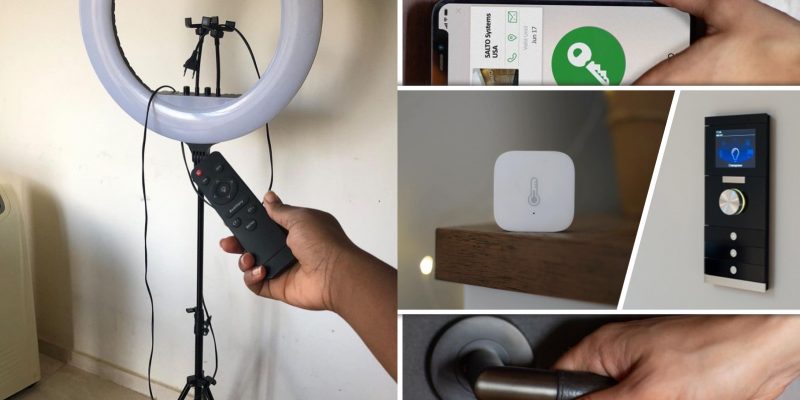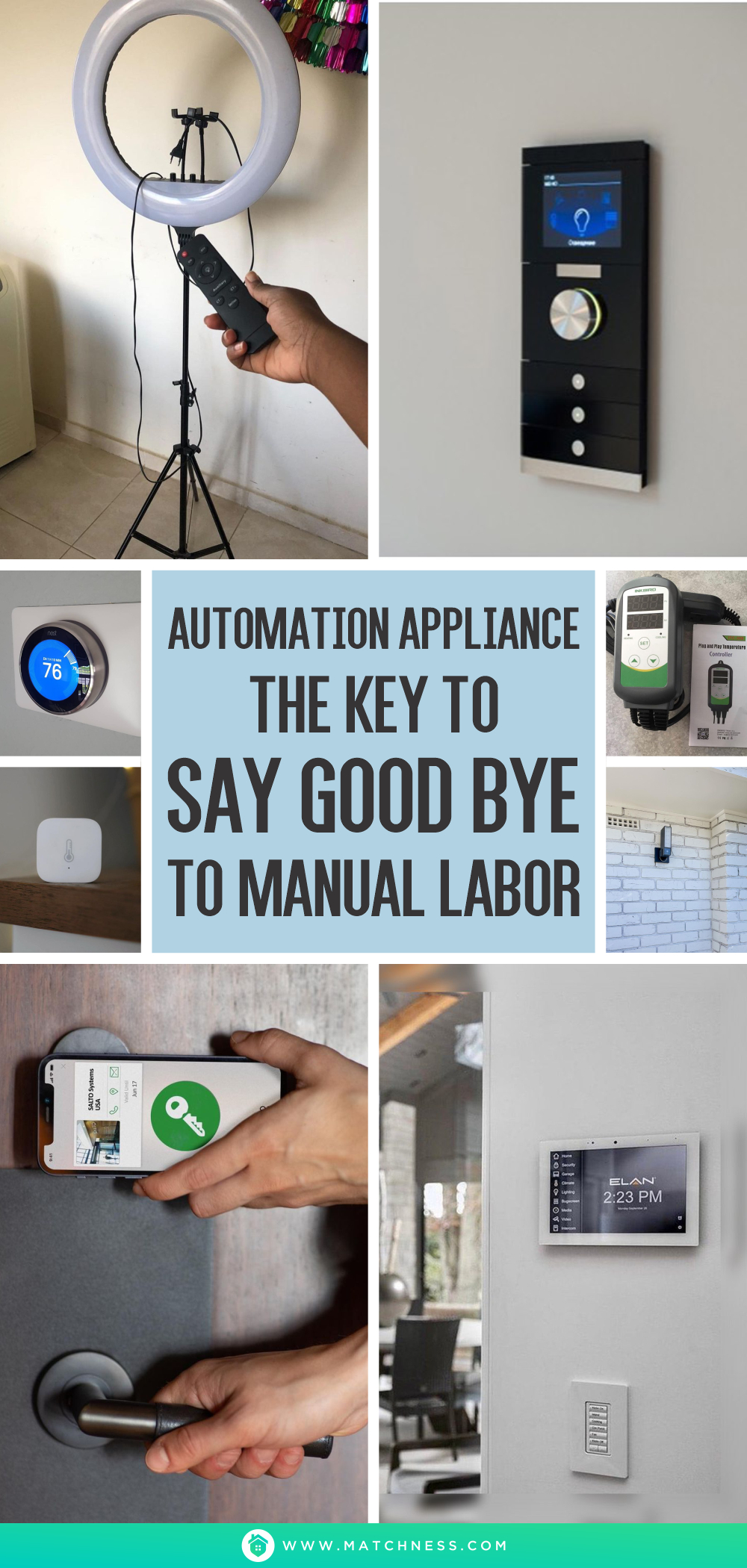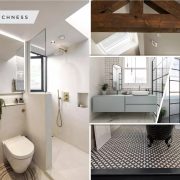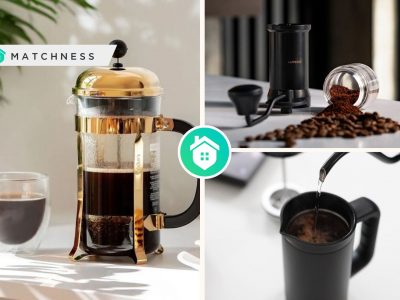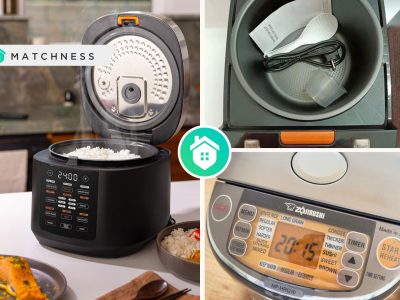Your house, little by little, is getting smarter. By adding appliances and devices that can be controlled remotely, you can significantly increase the level of automation and livability of your home.
What is home automation?
Home automation refers to the automated management of electronic devices in your residence that are connected to the internet, enabling remote control. With home automation, devices can be programmed to interact with each other, negating the need to operate them manually via a voice assistant or app. For instance, you can schedule your lights to turn off when you normally go to bed or have your thermostat adjust the temperature an hour before you return from work to prevent a stuffy atmosphere. Home automation improves convenience and can also lower expenses on heating, cooling, and electricity. In addition, internet of things (IoT) devices like security cameras and systems that come with home automation can result in greater safety.
IoT, or the Internet of Things, denotes any internet-connected device that would not typically be connected, such as a smart light bulb that can be controlled via an app. Home automation devices fall under the category of IoT and can be programmed to interact with one another. Hence, while IoT refers to the devices, home automation describes how to make use of these IoT devices to simplify your life.
What is the mechanism behind Home Automation?
Home automation operates using a network of devices connected to the internet through various communication protocols such as Wi-Fi, Bluetooth, ZigBee, and others. Electronic interfaces enable remote management of these devices through controllers such as voice assistants like Alexa or Google Assistant or an app. Numerous IoT devices come equipped with sensors that monitor alterations in motion, temperature, and light, providing information about the device’s surroundings. To effect physical changes to the device, actuators are triggered, which are physical mechanisms like smart light switches, motorized valves, or motors that facilitate remote device control. There are three levels to how home automation operates:
Monitoring
Home automation systems are primarily used for gathering data from different sensors and devices in your home. Sensors can be installed to track various parameters such as temperature, humidity, light, motion, and others, while cameras and microphones can be installed to monitor your home and surroundings. These sensors and devices collect data and send them to a central hub or controller, where they can be analyzed and displayed for the user to view.
Monitoring provides homeowners with insights into their homes, allowing them to detect any issues early on and make adjustments to optimize their living environment. For instance, homeowners can detect temperature changes and adjust their thermostat accordingly, or they can monitor for water leaks and be notified if one is detected. The data collected at the Monitoring level is crucial in making informed decisions about how to manage and maintain your home.

Using this wifi temperature will give a critical Alert from the remote temperature sensor which will allow you to take precautions before the temperature or humidity reaches damaging levels. Wifi Temprature from @andy.reefer
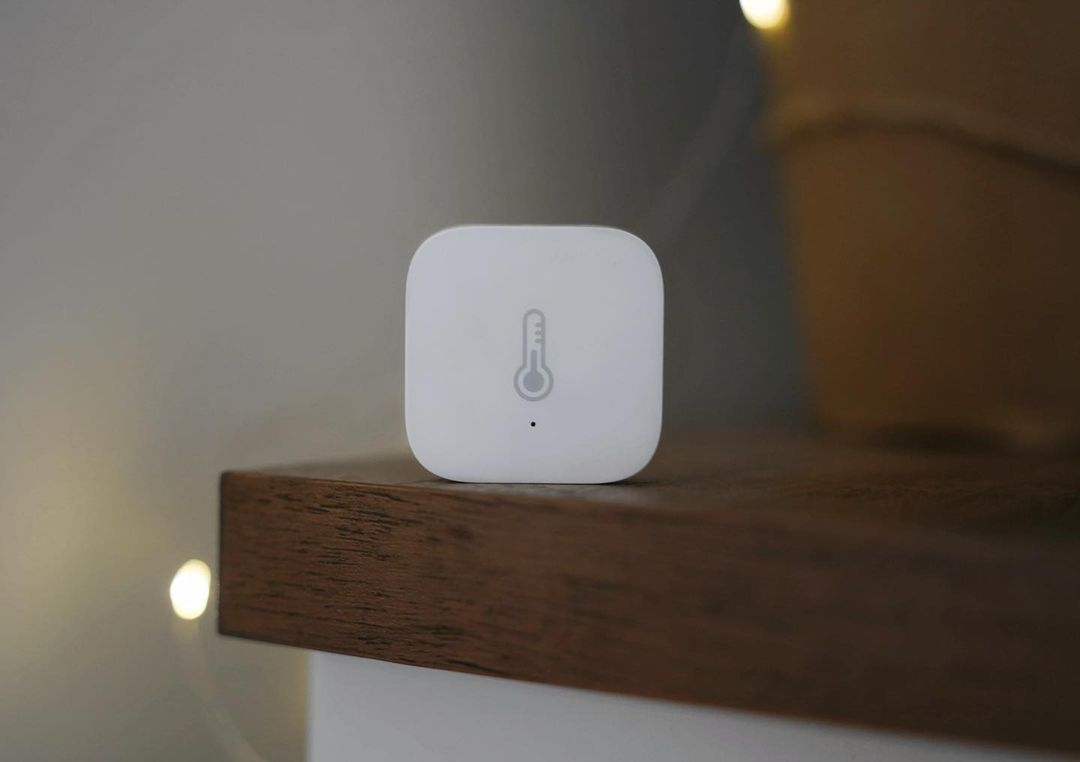
Wireless sensors monitor humidity levels in the room as well as temperature. If the environment in your basement, garage or other room becomes bad for your things, your friends will let you know in time to avoid damage. Smart Humidity from @aqara_smarthome
Control
At this level, the homeowner is able to take action based on the data collected in the Monitoring level. Using a central controller, the homeowner can remotely manage and control devices and systems in their home. For instance, the homeowner can use their smartphone or voice commands to turn lights on and off, adjust the temperature, lock doors, or control their entertainment system.
The Control level offers greater convenience and flexibility to homeowners, allowing them to manage their homes remotely and to tailor their living spaces to their preferences. For instance, a homeowner can set a schedule for their lights to turn on and off, so they never have to come home to a dark house. They can also program their thermostat to adjust the temperature based on their schedule or location, saving energy and money.
Overall, the Control level offers homeowners greater control over their homes, enabling them to customize their environment to their needs and preferences.

The WiFi smart lock is a versatile smart lock with precision hardware and a pleasing low profile design. This key can be connected to your smartphone so that it will make it easier for you to check remotely. Smart Lock from @omni_controls

This smart thermostat will automatically regulate the temperature of your home. This way you will find the perfect energy-saving appliance for your home. Smart Thermostat from @_flip_305_
Automation
The home automation system operates automatically, without the need for user input. The system uses machine learning algorithms and artificial intelligence to analyze the data collected in the Monitoring level and make informed decisions on the homeowner’s behalf.
For example, the Automation level can learn the homeowner’s daily routine and automatically adjust the lighting, temperature, and other systems to suit their needs. It can turn off lights and appliances when the homeowner leaves the house and turn them back on when they return. It can also respond to changes in weather or other environmental factors, adjusting the home’s systems to optimize comfort and energy efficiency.
The Automation level offers the greatest benefits to homeowners, providing them with a truly smart home that can anticipate and meet their needs automatically. It offers increased energy efficiency, convenience, and security, allowing homeowners to enjoy a more comfortable and stress-free living environment.
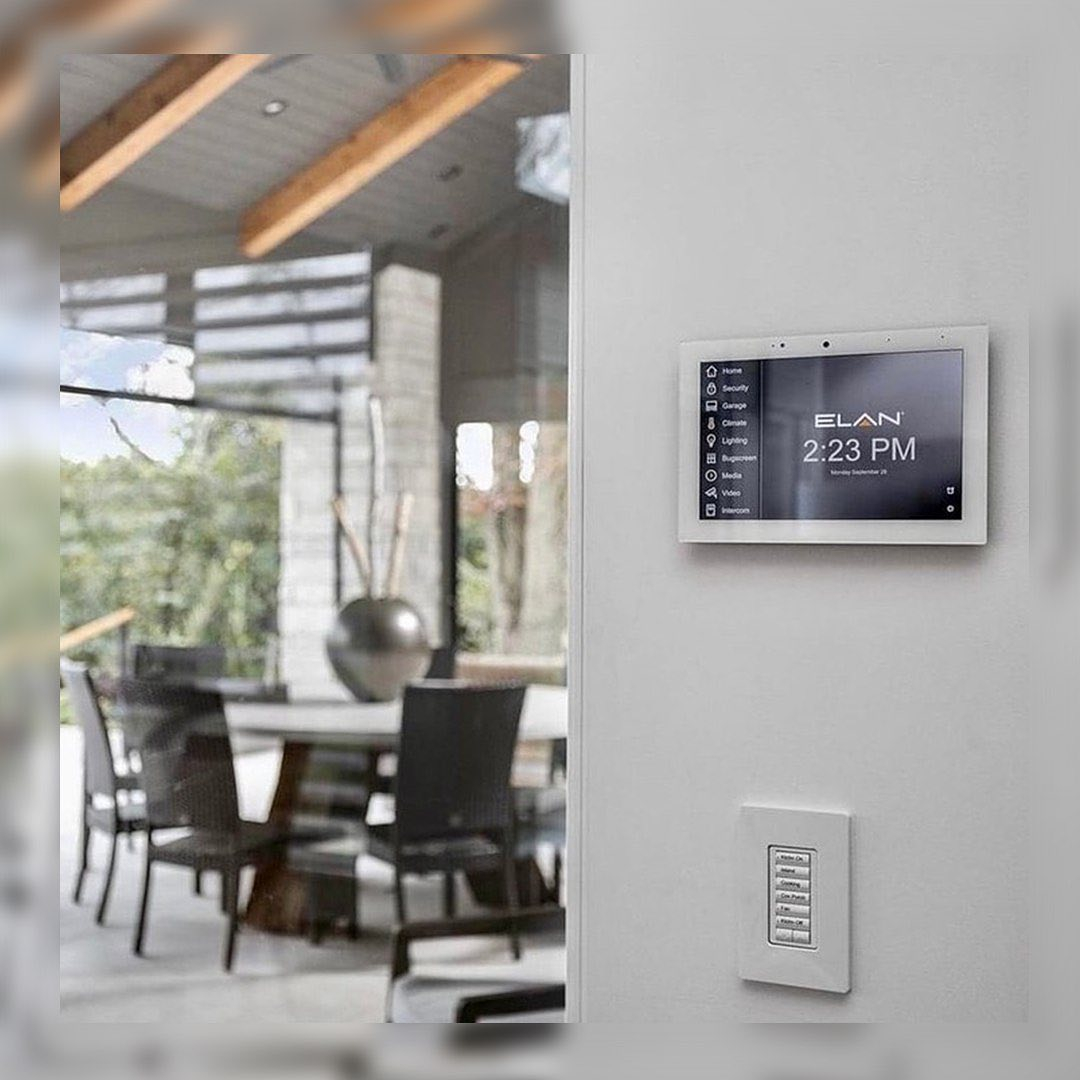
Smart home design using automatic items will make it easier for you to check and give an attractive appearance to your home design. You can use controlled music and lights placed on the wall to present a perfect home design. Control Lights and Music from @galtechtrading

This automated Sonoff NSPanel delivers a sophisticated home design. This automatic functions as a temperature controller automatically and will produce a sophisticated home design that you can try now. Sonoff NSPanel from @flotomation
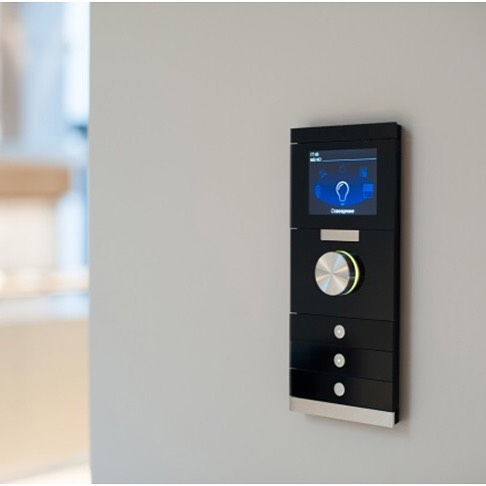
Atrina Building Automation functions to regulate the air temperature in the house. This is a simple idea that you can try because it has a sophisticated look and is suitable for you to apply to your smart home design. Atrina Building Automation from @atrinacompany
Remote control
The defining feature of home automation is the ability to control devices remotely, which can be achieved through the use of a mobile app or a voice assistant.
- Mobile application: Users can control their devices in real-time using a mobile application, allowing them to perform actions such as turning off outdoor lights or opening the smart garage door for a neighbor. The application also enables users to set schedules, create scenes consisting of groups of IoT devices, and customize device settings, such as adjusting the living room lights to the perfect shade of blue. The majority of IoT devices reviewed come with apps compatible with Android and iOS devices, ensuring compatibility with most mobile devices and tablets.
- Voice assistants: Think of voice assistants as the cherry on top of the sundae that is home automation. With these assistants, you can control your devices using your voice, such as disarming a security system upon entering the front door, displaying footage from your video doorbell on your Echo Show device, or setting a timer on a smart speaker while cooking with full hands. The majority of IoT devices are compatible with one of three popular voice assistants: Alexa, Google Assistant, and Siri.

To open the car garage, you can use the remote control which will make it easier for you to do the job. Before leaving the garage you can use the remote to open this garage door so you don’t have to get out of the car to open this door. Garage Remote Control from @therollingdoorcompany
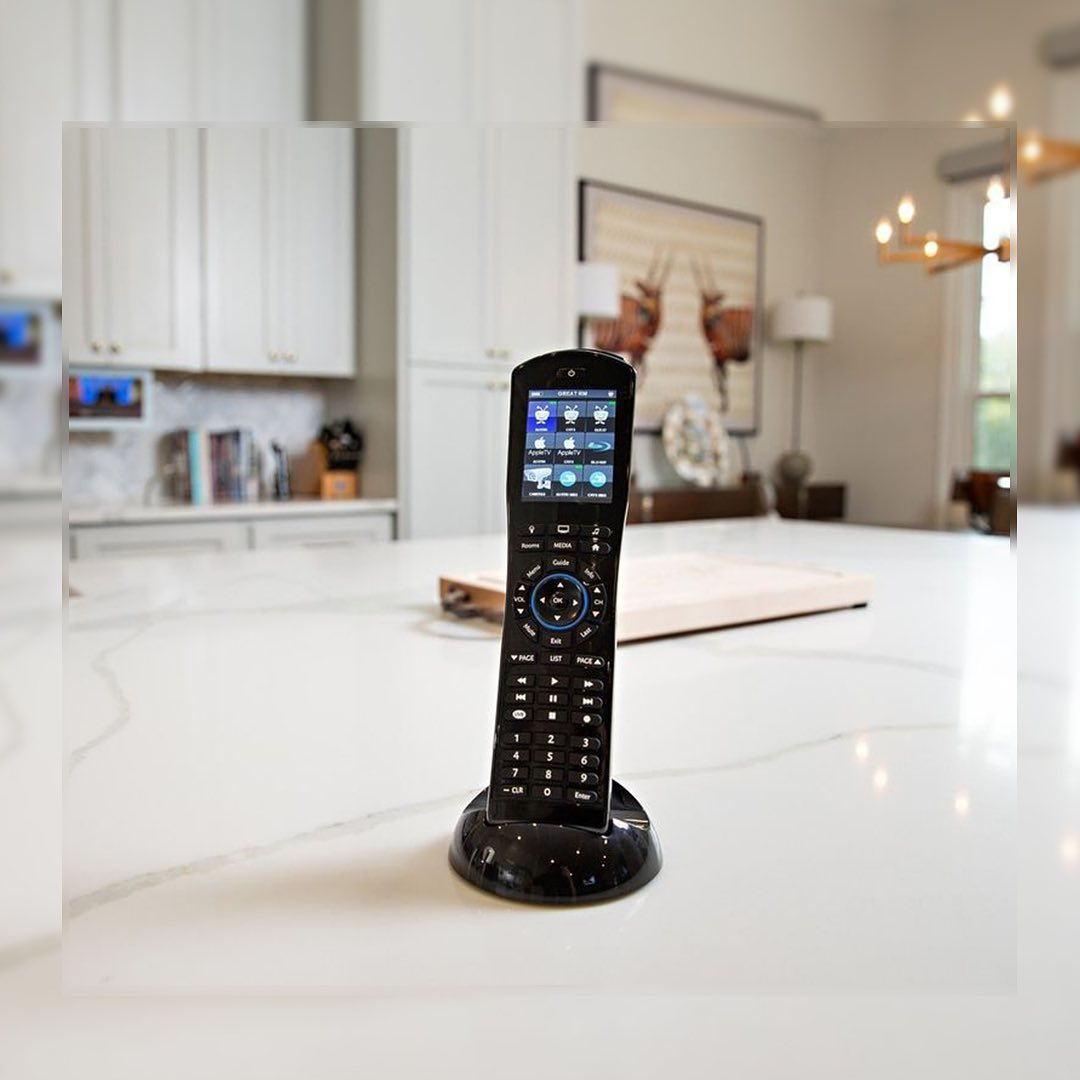
The remote control can makes you operate the light just by clicking it, and it also gives your space a sophisticated look. And of course, this idea will make your job easier without any hassle. Light Remote Control from @galtechtrading
Examples
- Smart home devices like smart thermostats or automated lighting systems.

This smart light equipped with a CCTV camera gives a sophisticated home look that you can try now. You can attach this CCTV lamp to the outdoor wall of your home to provide perfect security and lighting. Smart Lighting and CCTV from @katrinas_instagram
- Manufacturing equipment such as conveyor belts or robotic arms.
- Agricultural machinery like automated irrigation systems or harvesters.
- Office equipment like automated paper shredders or document sorters.
- Healthcare devices like automated pill dispensers or patient monitoring systems.
Overall, home automation is not something that can be achieved in a day, just as Rome wasn’t built in a day. Instead, you can begin small and gradually expand your home automation system over time. With new IoT devices being introduced to the market regularly, the possibilities for automation are limitless, enabling you to enhance your quality of life with increased safety and convenience.


